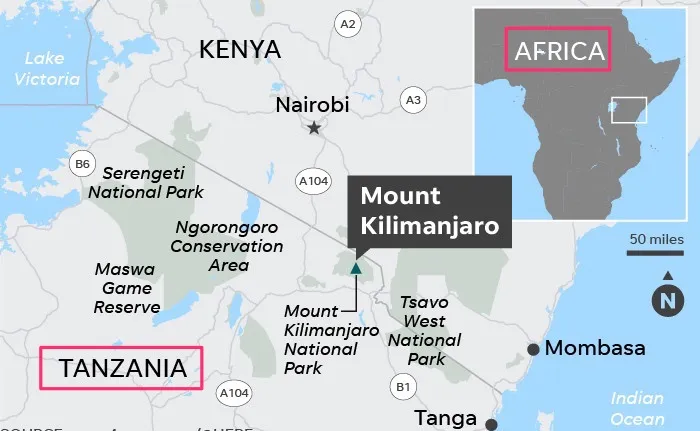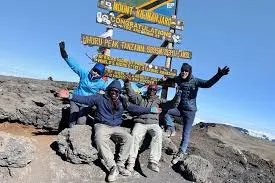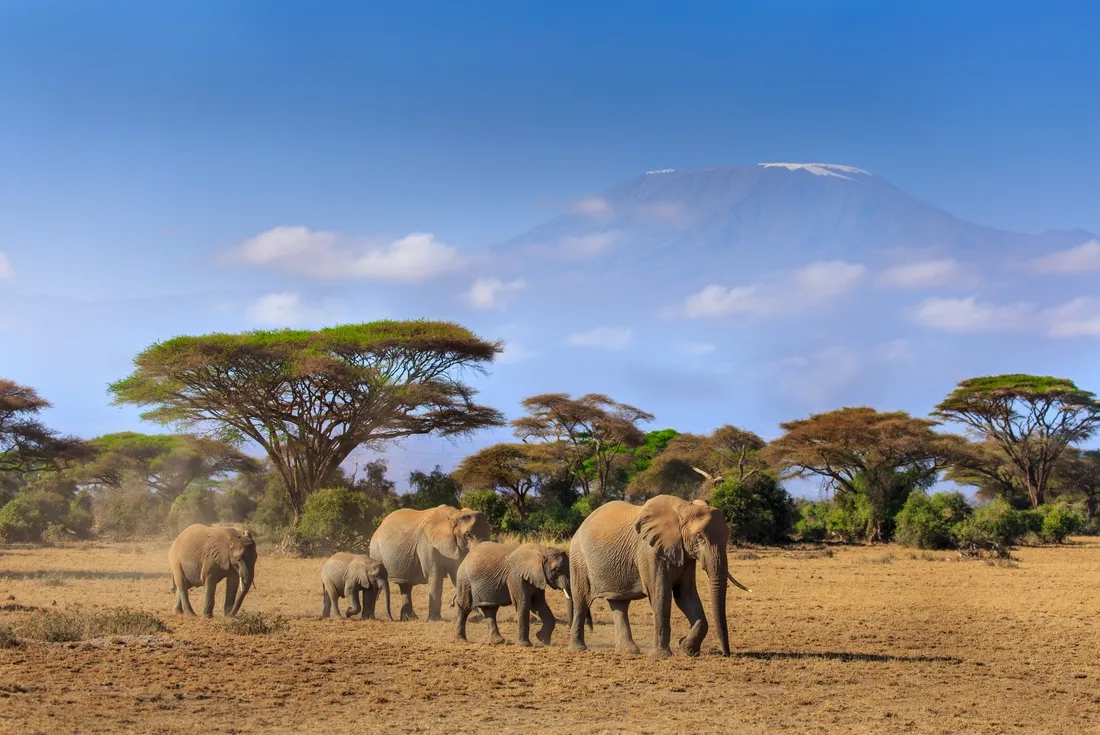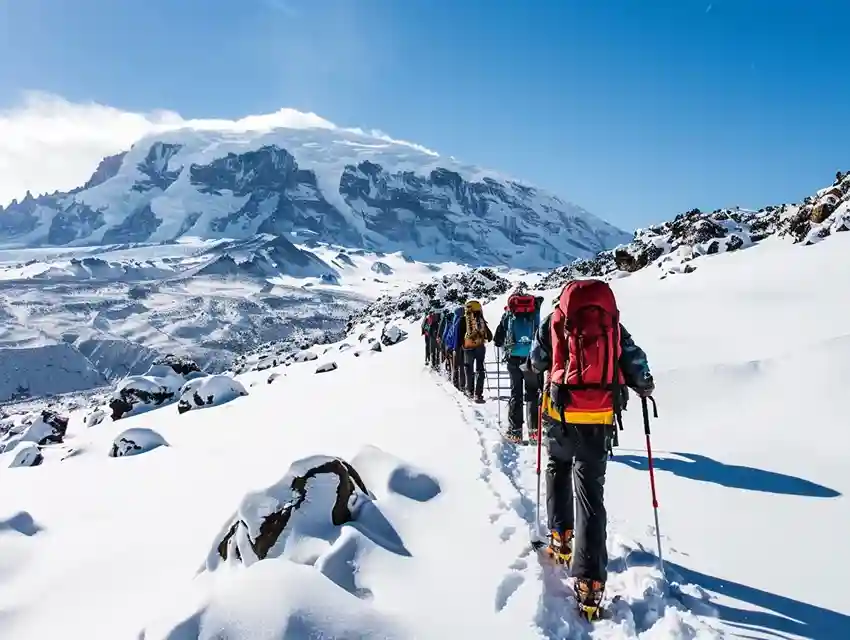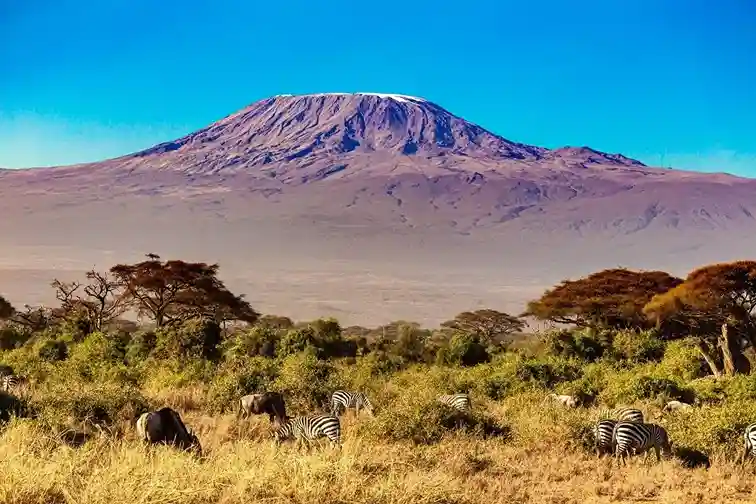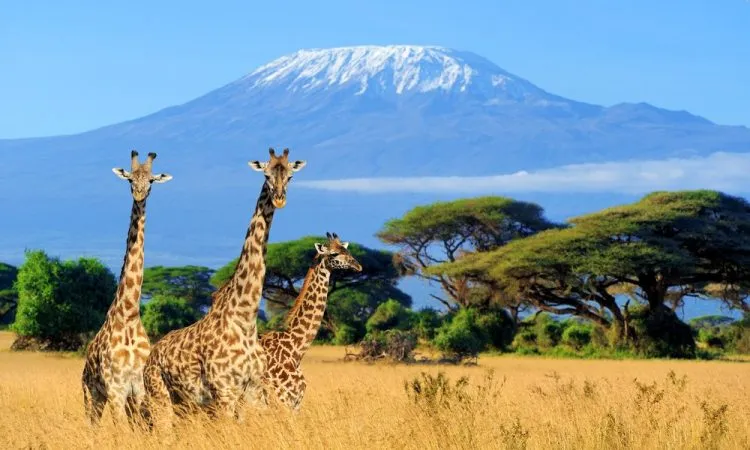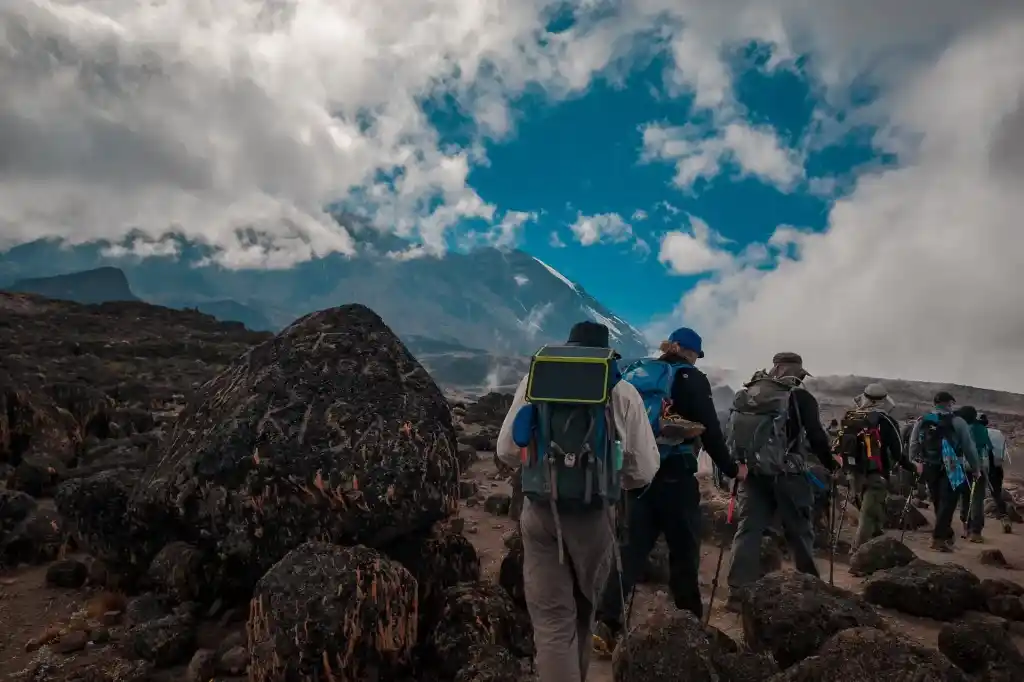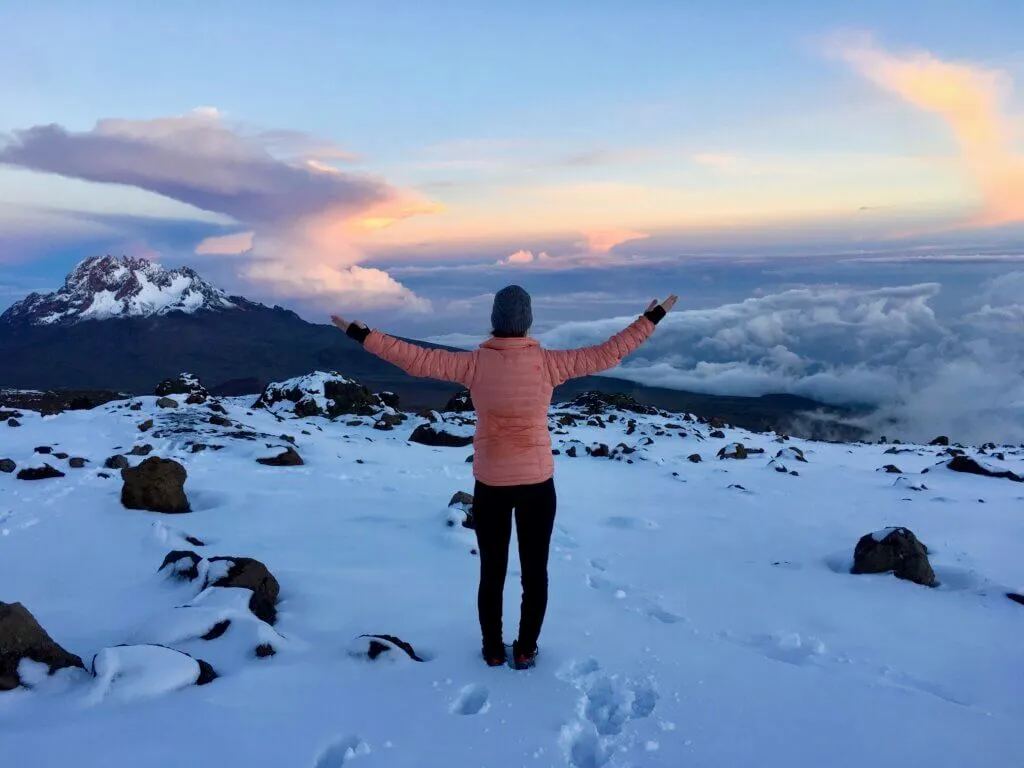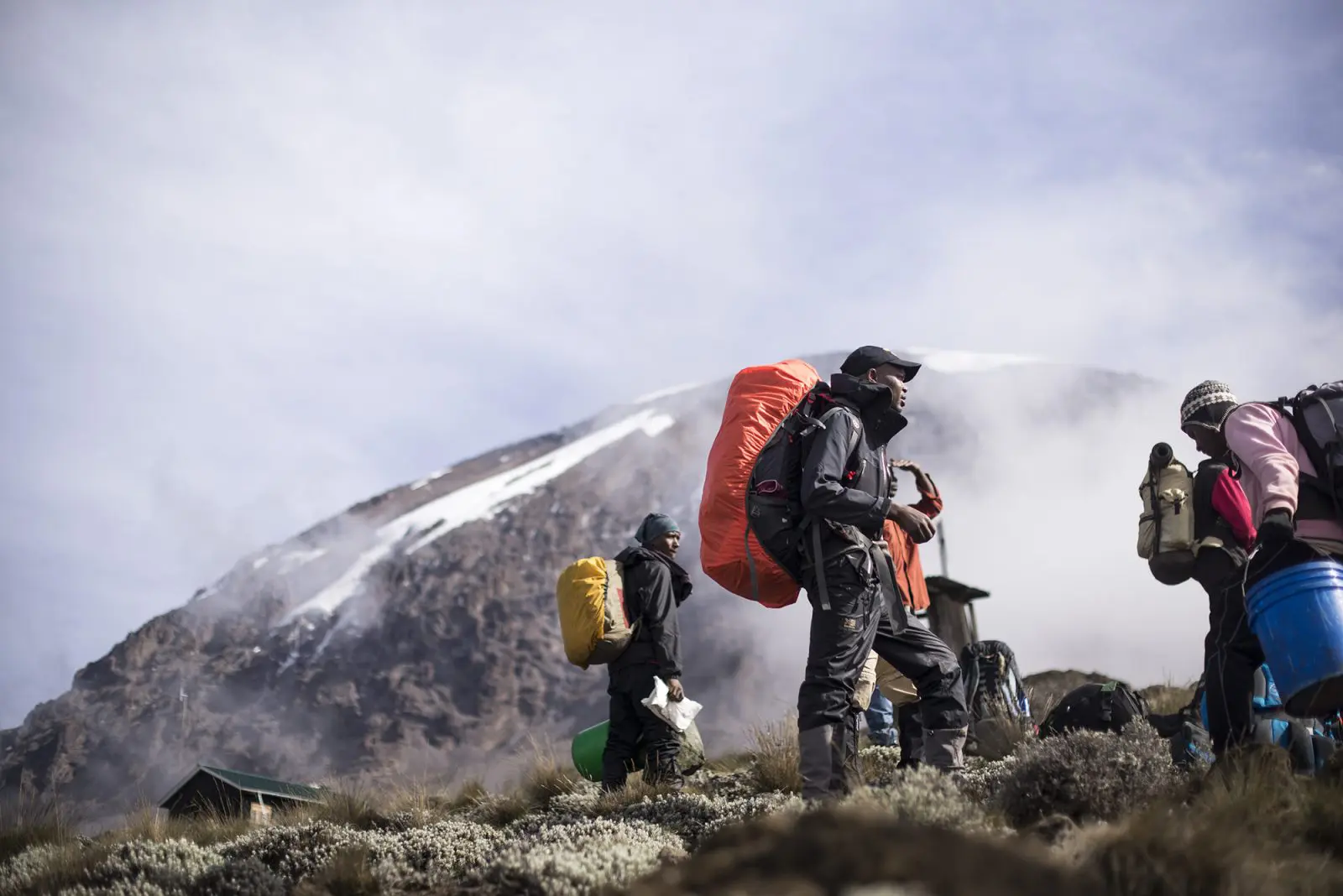Mount Kilimanjaro Facts: History, Geography & Culture
Mount Kilimanjaro, Africa’s tallest peak, is a natural wonder steeped in history, unique geography, and rich cultural significance. Standing at 5,895 meters (19,341 feet), it’s the world’s highest free-standing mountain and a bucket-list destination for adventurers. Whether you’re planning a climb with Capable Africa Tours or simply curious about this iconic volcano, our comprehensive guide dives into its fascinating facts, from its volcanic origins to the Chagga people’s traditions. Explore its ecosystems, climbing records, and more to fuel your Kilimanjaro adventure!
Explore Kilimanjaro Facts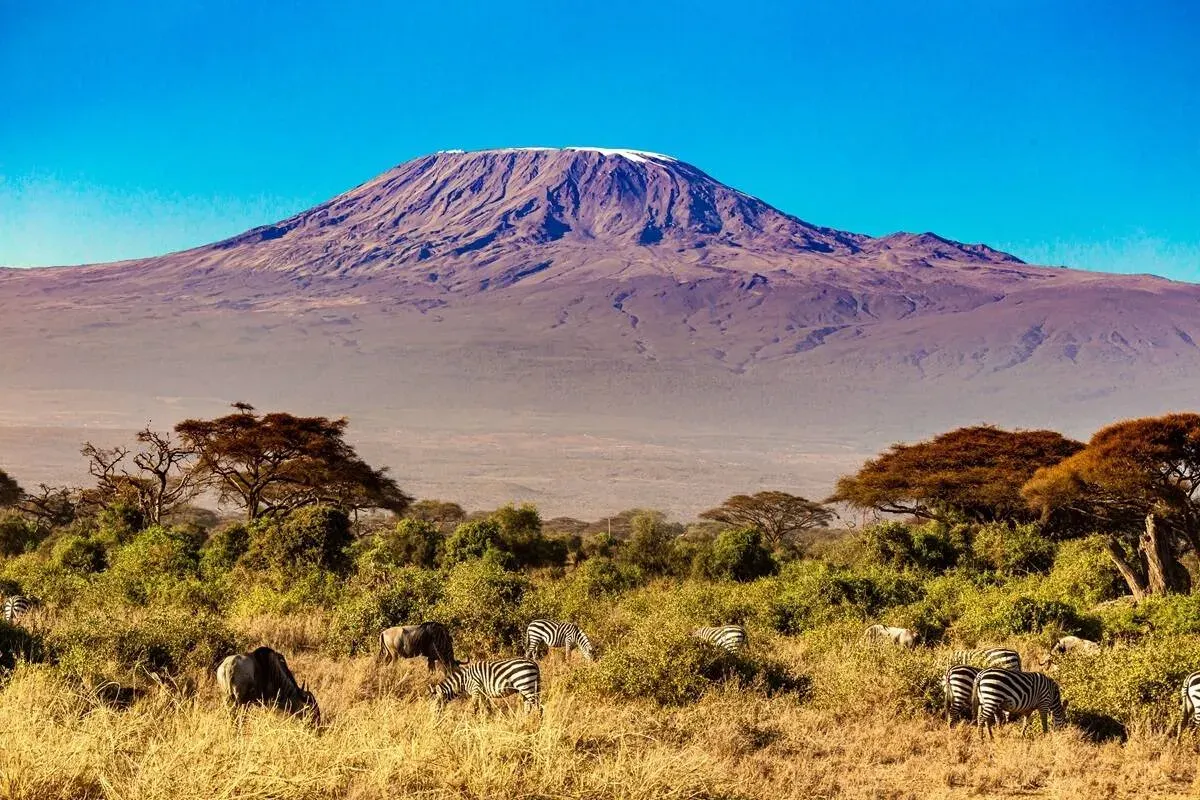
Your Ultimate Guide to Mount Kilimanjaro Facts
Mount Kilimanjaro is more than just a mountain—it’s a geological marvel, a cultural cornerstone, and a global trekking destination. Located in Tanzania, this dormant stratovolcano captivates with its towering height, diverse ecosystems, and storied past. Capable Africa Tours, based in Arusha, brings you closer to this iconic peak with expert-guided treks and deep insights into its history, geography, and culture. Let’s uncover the fascinating facts that make Kilimanjaro a must-visit with our comprehensive guide.
History of Mount Kilimanjaro
Kilimanjaro’s history spans millions of years and intertwines with human exploration and local traditions. Formed over 2 million years ago through volcanic activity in the East African Rift, Kilimanjaro’s three cones—Kibo, Mawenzi, and Shira—tell a story of geological evolution. The earliest recorded mention comes from Ptolemy in the 2nd century AD, describing a “great snow mountain” in East Africa. By the 19th century, European explorers like Johannes Rebmann (1848) confirmed its existence, though his reports of snow near the equator were initially doubted. The first documented summit was in 1889 by German geographer Hans Meyer, Austrian mountaineer Ludwig Purtscheller, and local Chagga guide Yohani Kinyala Lauwo, marking a historic milestone in mountaineering. Today, Kilimanjaro remains a symbol of adventure and resilience, drawing over 30,000 climbers annually.
Key Historical Milestones
- 2nd Century AD: Ptolemy references a “great snow mountain,” possibly Kilimanjaro.
- 1848: Johannes Rebmann reports Kilimanjaro’s snow-capped peak, sparking European interest.
- 1889: First confirmed ascent by Hans Meyer, Ludwig Purtscheller, and Yohani Kinyala Lauwo.
- 1927: Sheila MacDonald becomes the first woman to summit Kilimanjaro.
- 1973: Kilimanjaro National Park is established to protect the mountain’s ecosystems.
- 1987: UNESCO designates Kilimanjaro a World Heritage Site.
Geography of Mount Kilimanjaro
Mount Kilimanjaro is the world’s tallest free-standing mountain, rising 5,895 meters (19,341 feet) above sea level in northeastern Tanzania, near the Kenya border. Unlike Everest, which is part of the Himalayas, Kilimanjaro stands alone, making it a unique geological feature. It comprises three volcanic cones: Kibo (the highest, with Uhuru Peak), Mawenzi (5,149 meters), and Shira (4,005 meters). Kibo is dormant, while Mawenzi and Shira are extinct. The mountain’s location, 205 miles from the equator, creates a striking contrast with its snow-capped summit. Kilimanjaro’s glaciers, including Credner and Furtwängler, are iconic but shrinking, with over 80% lost since the 20th century due to climate change.
Geographical Highlights
| Feature | Details |
|---|---|
| Height | 5,895 meters (19,341 feet) |
| Location | Northeastern Tanzania, near Kenya border |
| Volcanic Cones | Kibo (dormant), Mawenzi (extinct), Shira (extinct) |
| Glaciers | Credner, Furtwängler, Rebmann (shrinking) |
| National Park | Established 1973, UNESCO World Heritage Site 1987 |
Kilimanjaro’s Unique Ecosystems
Kilimanjaro’s diverse ecosystems make it a natural wonder, often described as a journey from the equator to the Arctic. The mountain features five distinct climate zones, each with unique flora and fauna. From lush rainforests to barren alpine deserts, these zones create a microcosm of ecological diversity. Capable Africa Tours ensures climbers experience these zones with expert guides who highlight endemic species like the Kilimanjaro violet and giant groundsel.
Five Ecological Zones
- Cultivation Zone (2,600–5,900 feet): Fertile slopes used for crops like bananas and coffee, home to Chagga communities.
- Montane Forest (5,900–9,200 feet): Humid rainforest with colobus monkeys and diverse birdlife.
- Heath and Moorland (9,200–13,100 feet): Shrubs and giant heather, with species like the white-necked raven.
- Alpine Desert (13,100–16,400 feet): Harsh, arid conditions with minimal vegetation and extreme temperature swings.
- Arctic Summit (16,400–19,341 feet): Snow and ice dominate, with low oxygen and freezing temperatures.
Cultural Significance of Kilimanjaro
For the Chagga people, Kilimanjaro is a sacred mountain, believed to be the home of ancestral spirits and the god Ruwa. Their traditions, including banana grove burials and purification rituals, reflect a deep connection to the mountain. The Chagga’s agricultural lifestyle thrives on Kilimanjaro’s fertile slopes, producing coffee, bananas, and sugarcane. Capable Africa Tours integrates cultural experiences into treks, offering visits to Chagga villages for an authentic glimpse into their heritage.
Cultural Highlights
- Chagga Beliefs: Kilimanjaro is a spiritual center, with rituals honoring ancestors.
- Agriculture: Coffee and banana farming sustain local communities.
- Tourism Impact: Climbing supports local economies through guides and porters.
Notable Climbing Records
Kilimanjaro’s accessibility makes it a record-breaking destination. From young climbers to octogenarians, the mountain has seen remarkable feats. Capable Africa Tours has guided climbers to break personal records, with a 95% success rate on routes like Lemosho.
| Record | Holder | Details |
|---|---|---|
| Fastest Ascent | Kilian Jornet | 5 hours, 23 minutes, 50 seconds (2010) |
| Fastest Female Ascent | Anne-Marie Flammersfeld | 8 hours, 32 minutes (2015) |
| Oldest Climber | Anne Lorimor | 89 years old (2019) |
| Youngest Climber | Unknown | 7 years old |
Plan Your Kilimanjaro Adventure with Capable Africa Tours
Ready to explore Mount Kilimanjaro’s wonders? Capable Africa Tours offers expert-guided treks with a 95% summit success rate, cultural experiences, and tailored itineraries. Whether you’re drawn to its history, geography, or cultural allure, we’ll make your climb unforgettable.
- Expert Guides with Deep Local Knowledge
- Customizable Routes for All Fitness Levels
- Cultural Tours to Chagga Villages
- High-Quality Gear and Support
- Combine with Serengeti Safari or Zanzibar Beach Holiday

